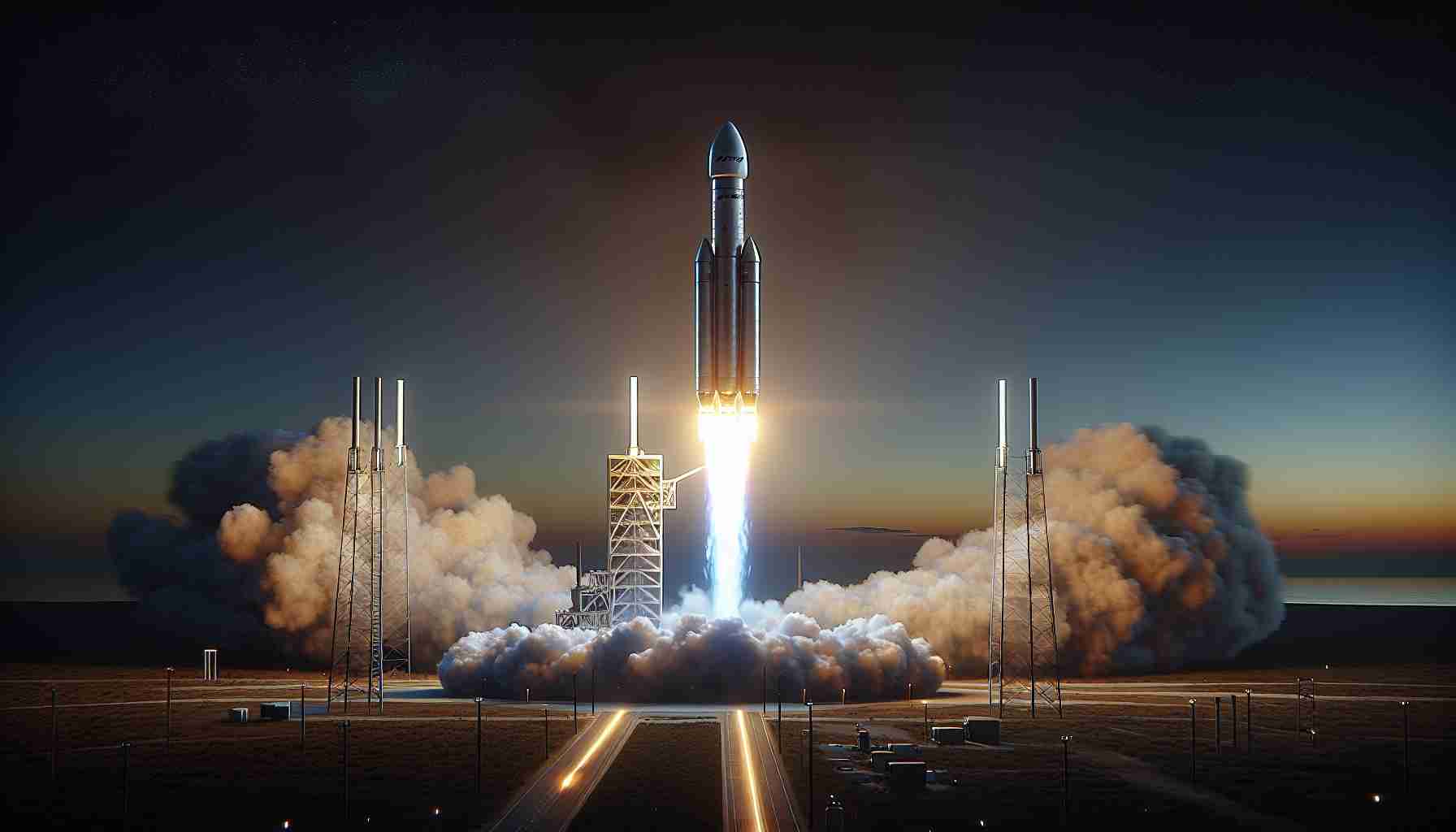The long-anticipated launch of Boeing’s Starliner spacecraft marks a major achievement for space exploration and the company’s ambitions in space travel. After overcoming a series of technical setbacks, including a failed initial docking attempt with the International Space Station (ISS) due to propulsion issues, the spacecraft finally embarked on its journey after multiple postponements.
Boeing’s perseverance pays off as the Starliner soars into space, aiming to catch up with competitors such as SpaceX in the rapidly advancing sector of commercial spaceflight. Notably, the successful event was the culmination of years of rigorous development and testing, and it carries significant implications for future missions to the ISS.
In a separate beat of space-related news, China claimed a new achievement by planting their flag on the lunar surface, specifically on the far side of the Moon—a landmark event highlighting the nation’s growing capabilities in space exploration.
Moreover, space enthusiasts who missed observing the spectacular auroras boreal recently will be pleased to hear of more opportunities. A new geomagnetic storm is on the horizon and is expected to make the awe-inspiring natural light display visible once again.
As the frontier of space continues to expand with these groundbreaking developments, enthusiasts and experts alike look forward to what will come next in the domain where humanity’s reach extends beyond Earth, into the vast expanse of space.
Key Questions & Answers:
– What caused the Boeing Starliner delays? The Boeing Starliner faced a number of technical issues, including a problem with its propulsion system that prevented a successful docking with the ISS during its first attempt in December 2019. Additionally, software glitches and valve malfunctions caused further hold-ups.
– How does Starliner compare to its competitors? Starliner’s main competitor in the commercial crew sector is SpaceX’s Crew Dragon, which has already been conducting operational missions to the ISS. Boeing needs to complete successful test flights, including crewed missions, to validate Starliner as a safe and reliable spacecraft for regular astronaut transport.
– What are the implications of the successful launch? The successful launch is a crucial step for Boeing to gain NASA certification for crewed missions to the ISS. It also helps reassure stakeholders of the Starliner’s viability, boosting confidence in ongoing and future partnerships in commercial space ventures.
Key Challenges & Controversies:
– Boeing’s reputation took a hit due to the initial failed docking attempt, causing concerns over the spacecraft’s reliability. The financial and resource investments into correcting the issues have been significant.
– The competitiveness of the commercial space sector means that delays can lead to lost opportunities and contracts, as clients might turn to more reliable alternatives, such as SpaceX.
Advantages & Disadvantages:
Advantages: Success for Starliner represents an important step toward diversified transport options for astronauts to the ISS, potentially increasing the frequency and affordability of space travel. It also keeps the industry competitive, which can drive innovation and cost savings.
Disadvantages: Delays and failures can strain relationships with key stakeholders, including NASA, and can lead to increased scrutiny and oversight. The cost overruns associated with fixing technical issues can impact the financial viability of the project.
For up-to-date space news and information about further developments in commercial spaceflight, interested readers can visit the main websites for NASA and Boeing. Additionally, for general news, a resource like Space.com often covers the latest in the space industry.

